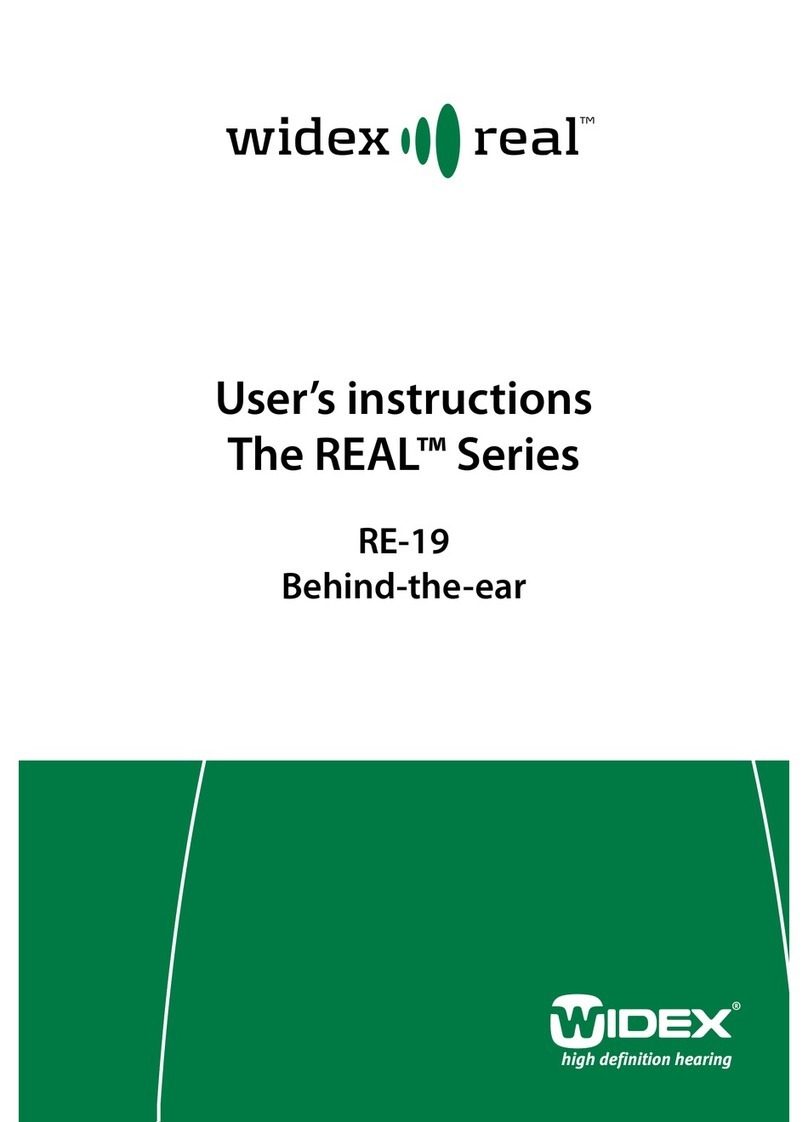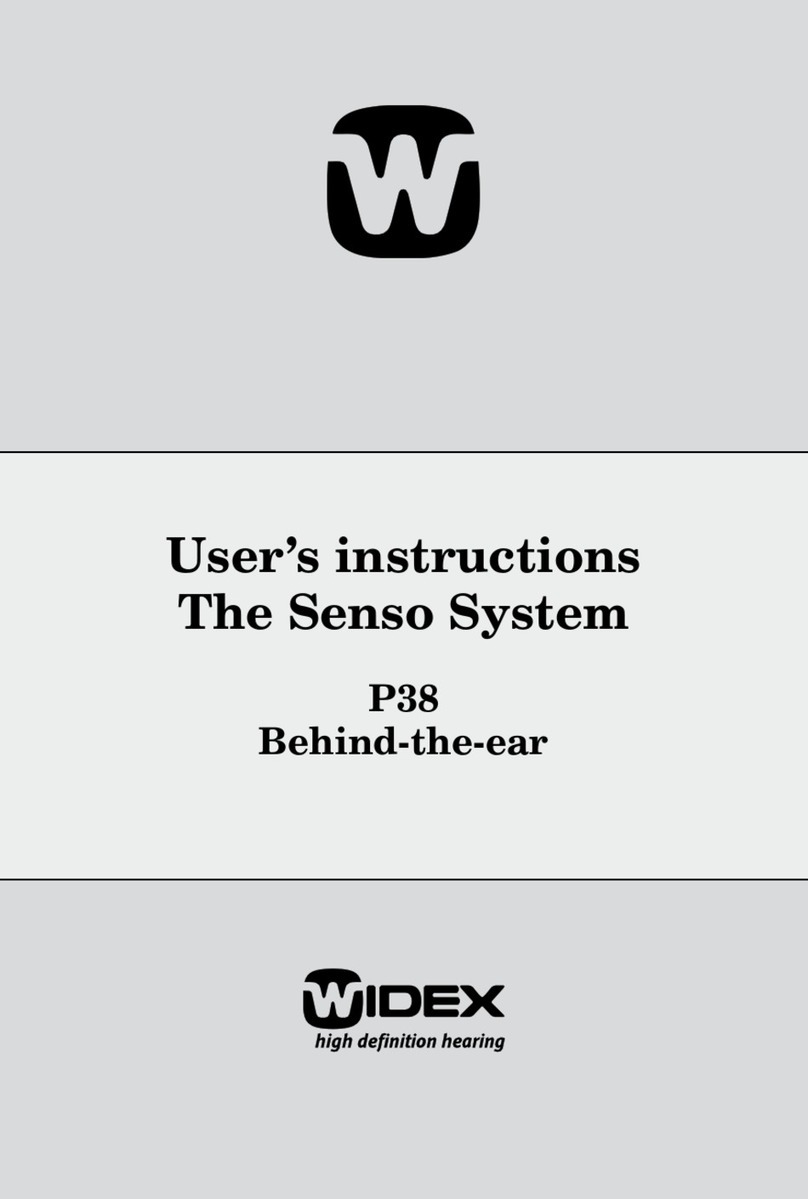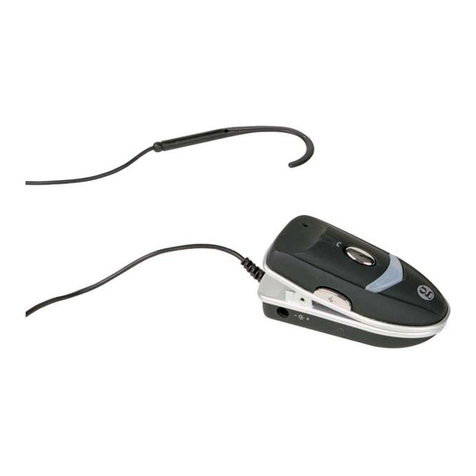Widex CLEAR 440 SERIES User manual
Other Widex Hearing Aid manuals

Widex
Widex MOMENT Series User manual

Widex
Widex Bravissimo BV-38 User manual

Widex
Widex Baby User manual

Widex
Widex mind 220 Series User manual

Widex
Widex C2-CIC User manual

Widex
Widex UNIQUE U-FM User manual
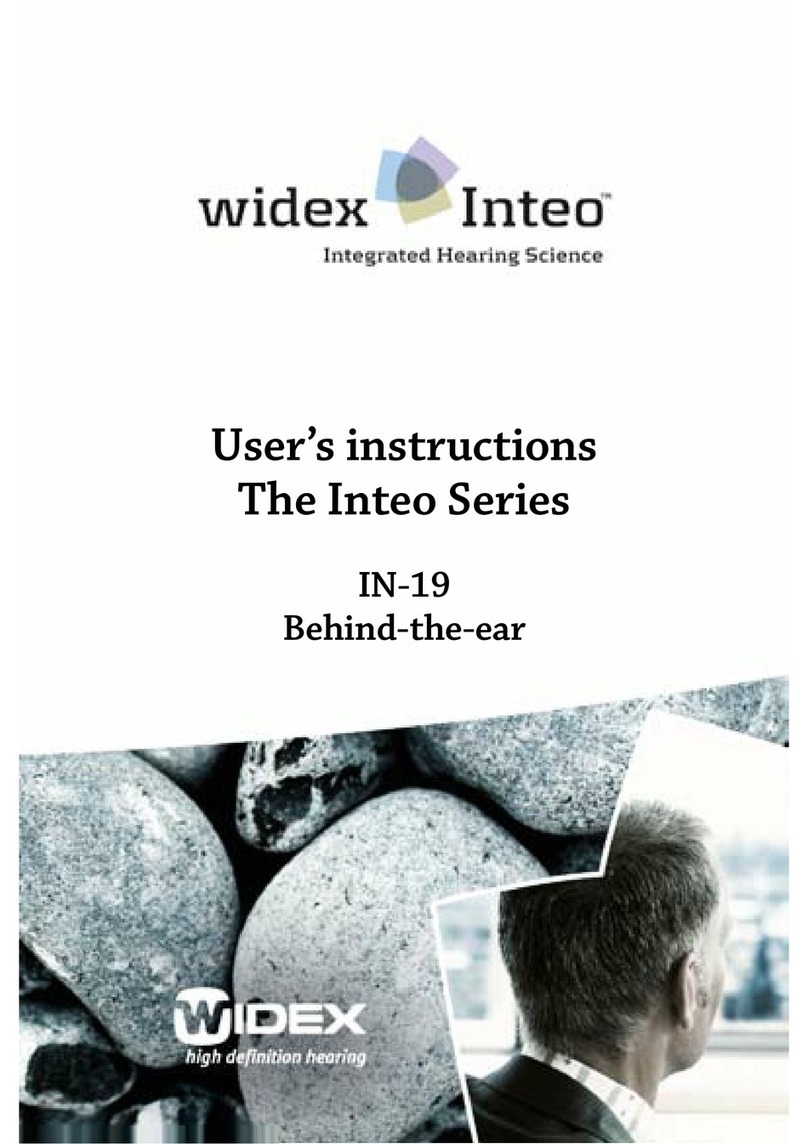
Widex
Widex INTEO IN-19 User manual

Widex
Widex clear 330 Series User manual
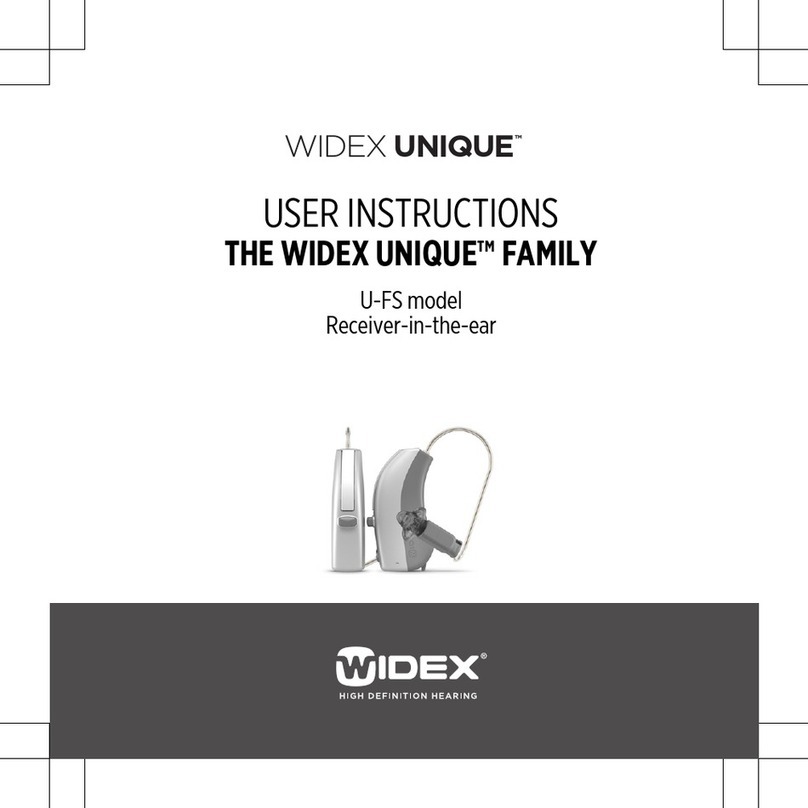
Widex
Widex UNIQUE Series User manual

Widex
Widex M-DEX User manual

Widex
Widex Baby440 User manual
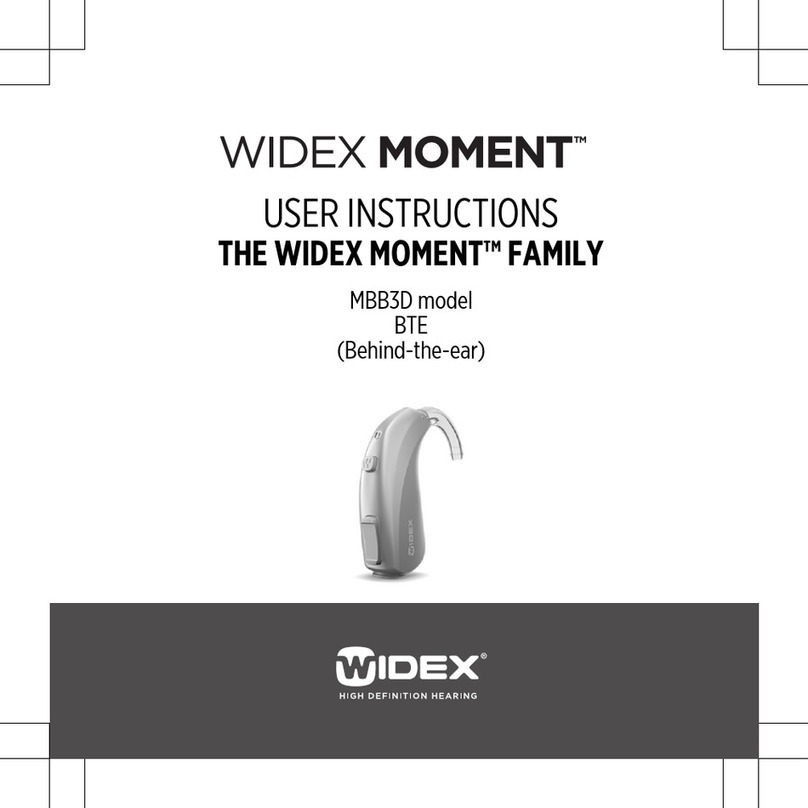
Widex
Widex MOMENT MBB3D User manual

Widex
Widex MOMENT Series User manual
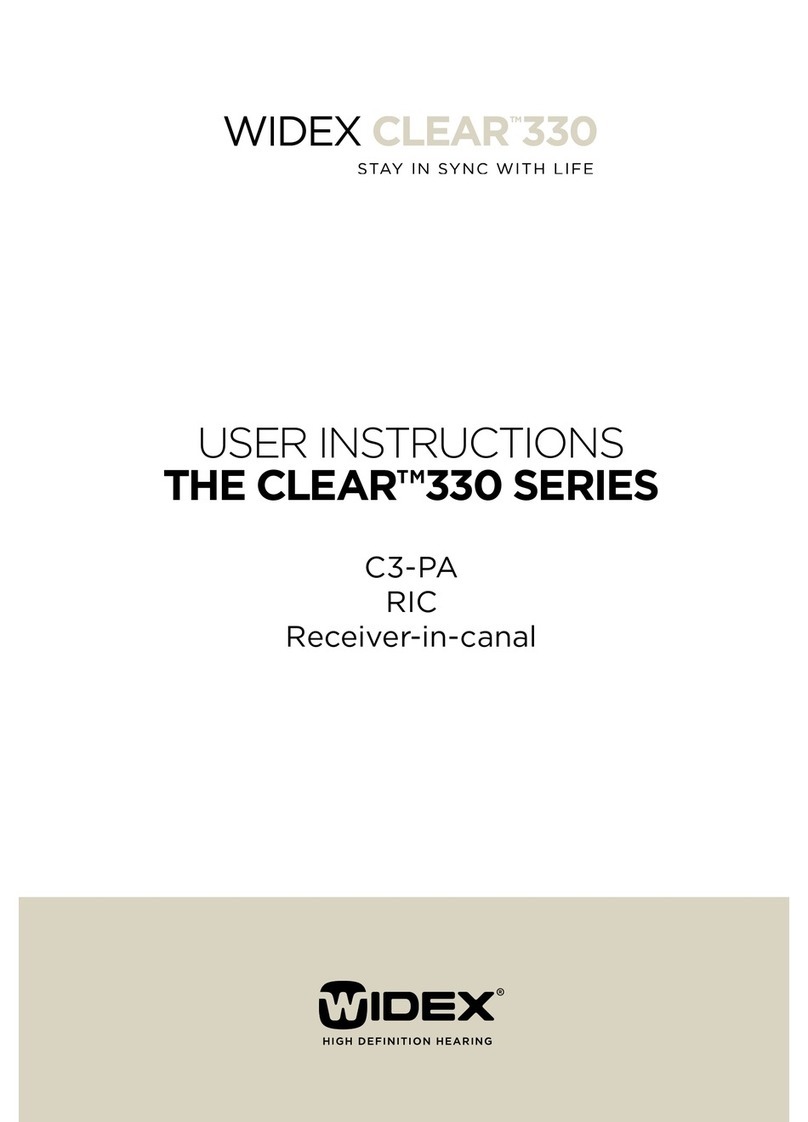
Widex
Widex clear 330 Series User manual

Widex
Widex The MENU ME-9 User manual

Widex
Widex DREAM440 THE DREAM SERIES User manual
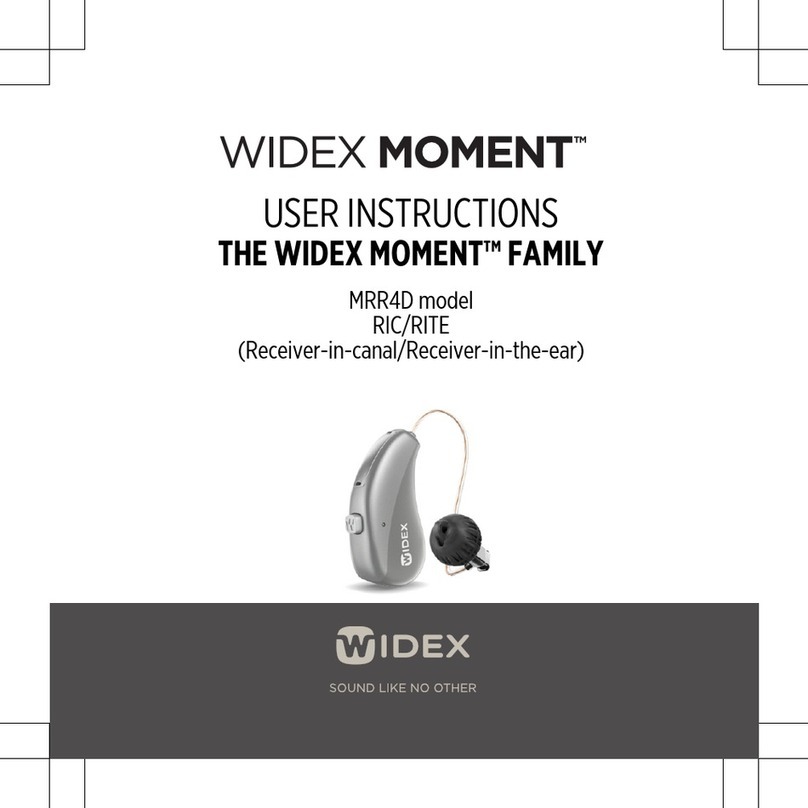
Widex
Widex MOMENT MRR4D User manual

Widex
Widex USB LINK User manual
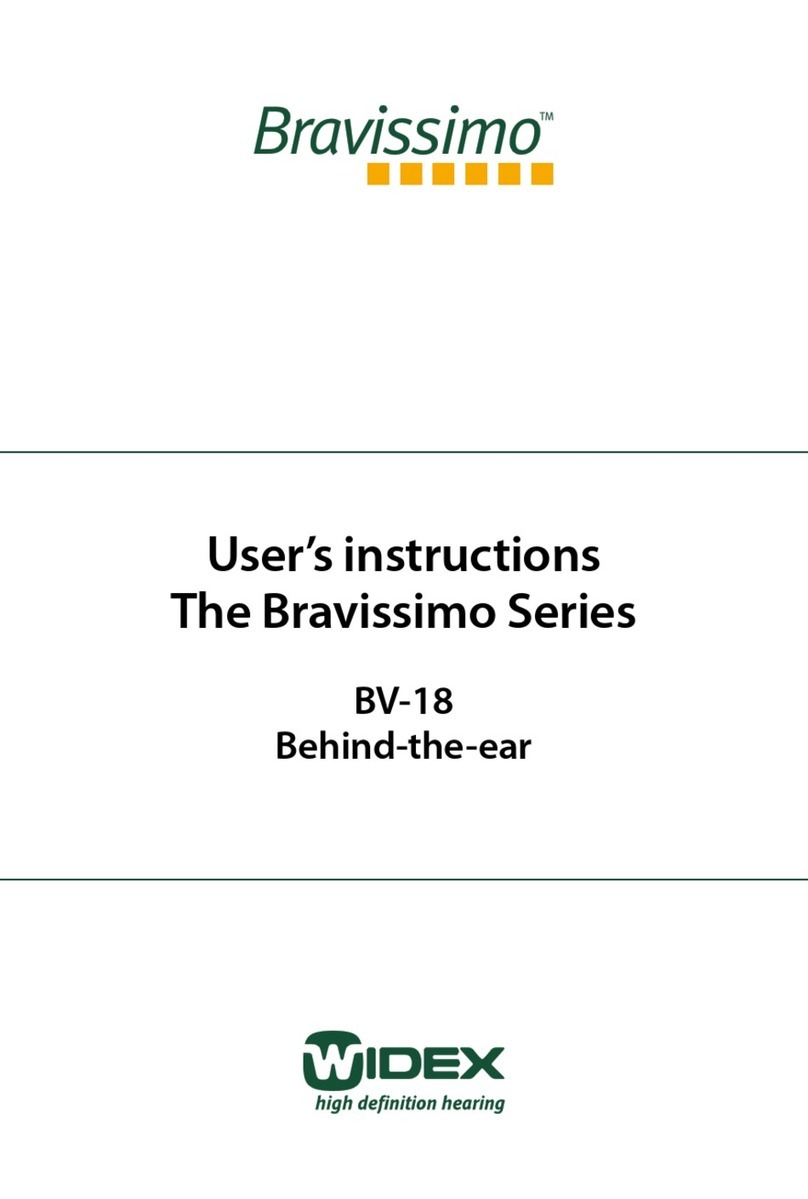
Widex
Widex Bravissimo Series User manual
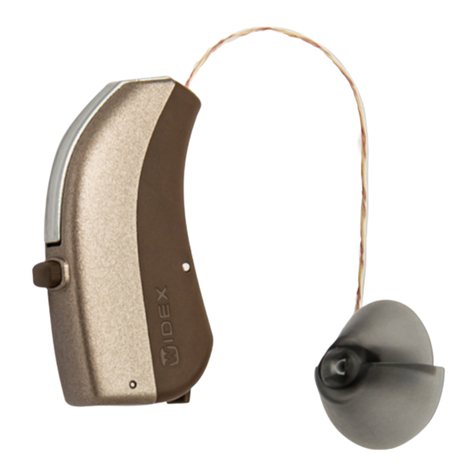
Widex
Widex The clear 330 Series C3-FS User manual
